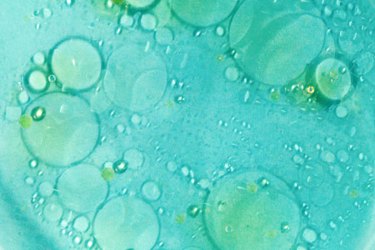How To Cost-Effectively Remove Oil Contaminants From Industrial Wastewater

For manufacturing operations ranging from small machine shops to large offshore drilling sites, oily wastewater is an inevitable aspect of the production process and can be difficult to treat for reuse or disposal.
More often than not, this effluent cannot be returned to public sewers or waterways in its current state. Emulsified oils are some of the most difficult substances to remove from wastewater. There are many ways to treat this water, but most of them are costly. Others, such as carbon black and other oil-absorbent material, produce a hazardous waste that is difficult or costly to dispose of.
Today’s membrane technologies avoid these problems. For many years, membrane filtration was considered an ineffective solution to oil removal. The understanding was that oils caused premature fouling of the membrane. However, advancements in material development have led to microfiltration (MF) and ultrafiltration (UF) membranes that can handle oil-contaminated wastewater without excess fouling, resulting in a more cost-effective solution for oil removal.
Get unlimited access to:
Enter your credentials below to log in. Not yet a member of Water Online? Subscribe today.
